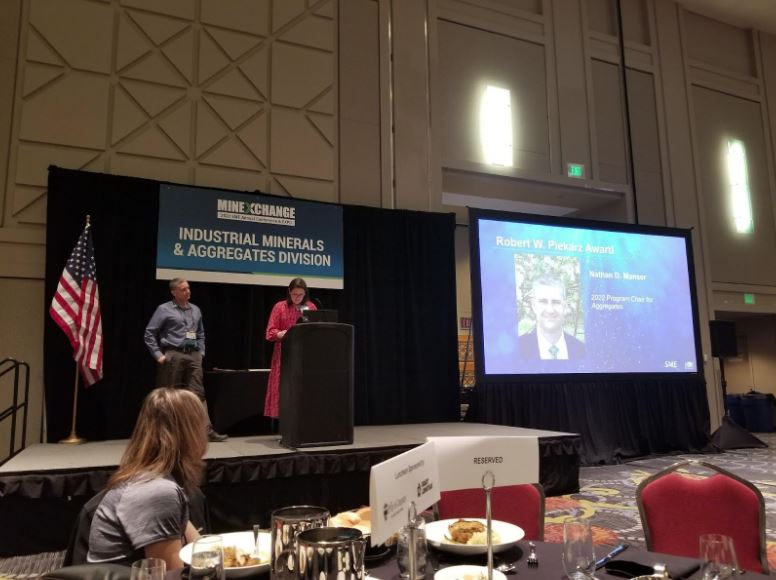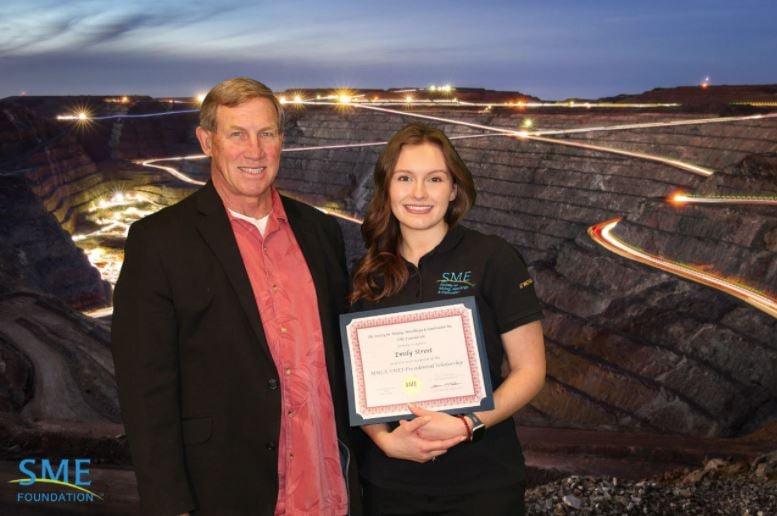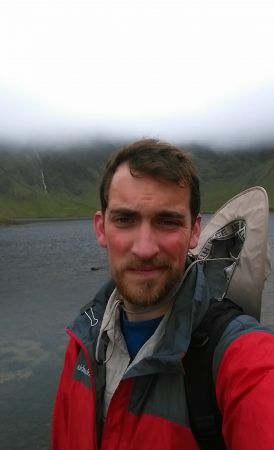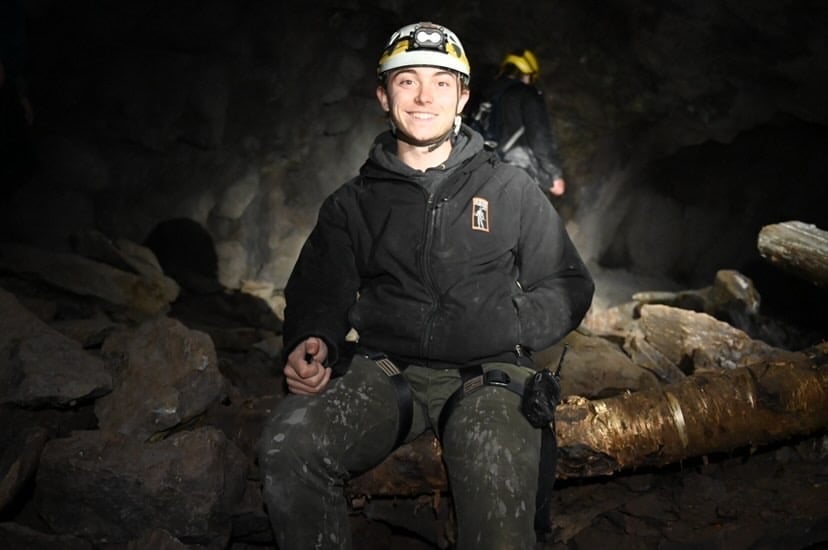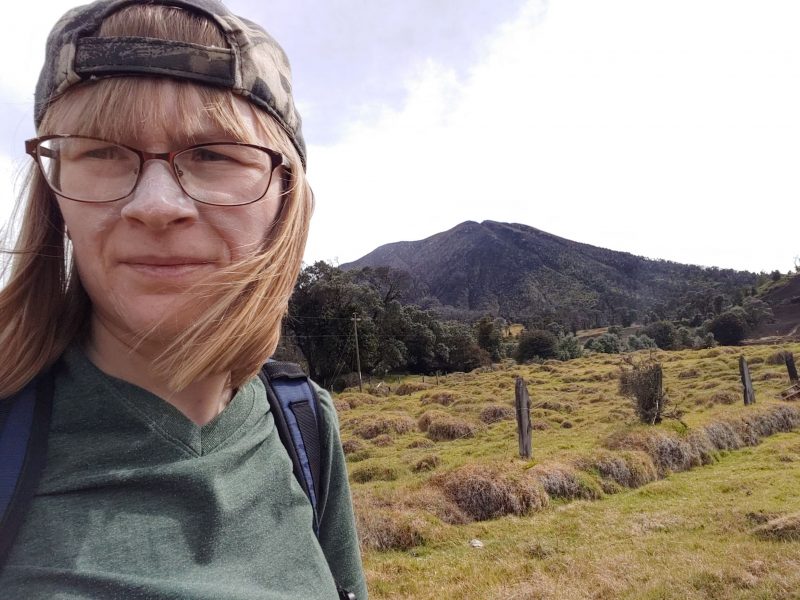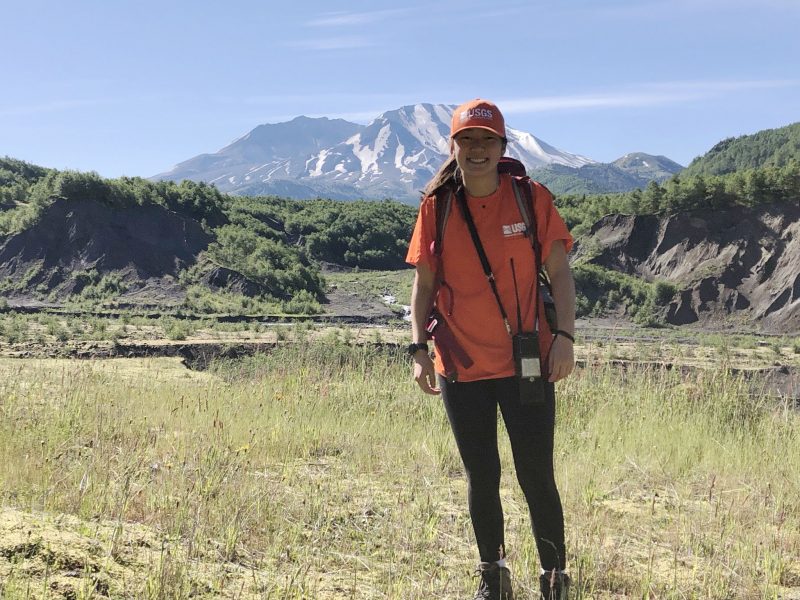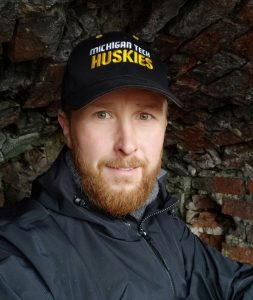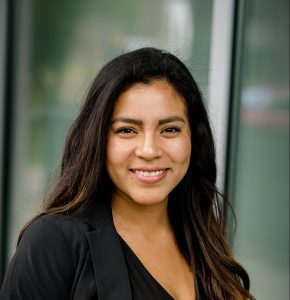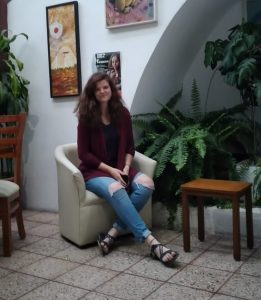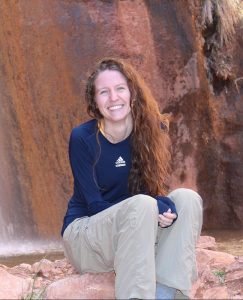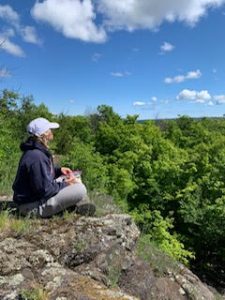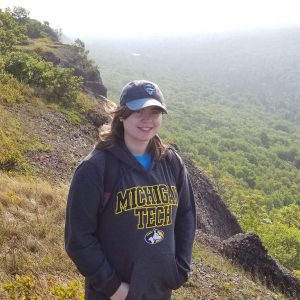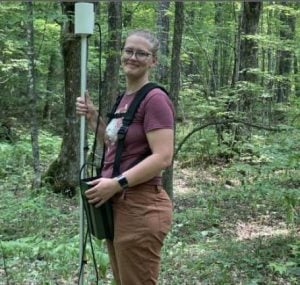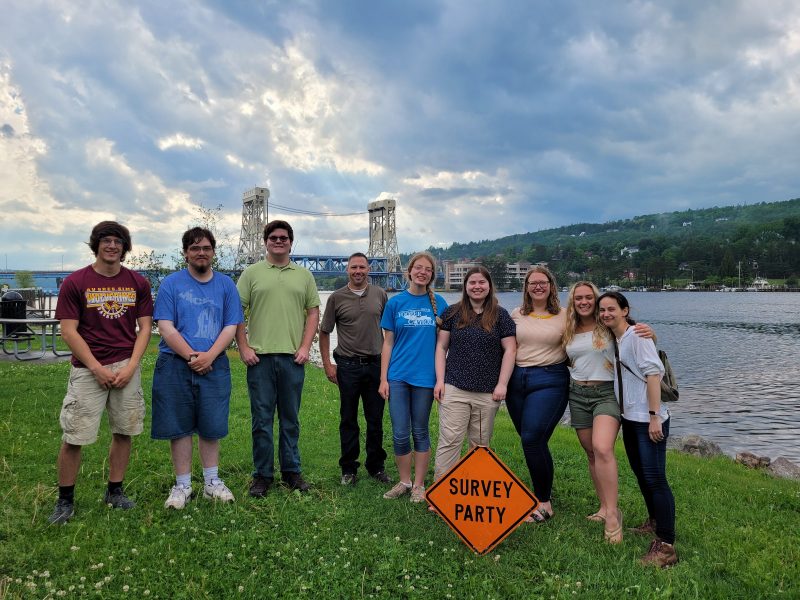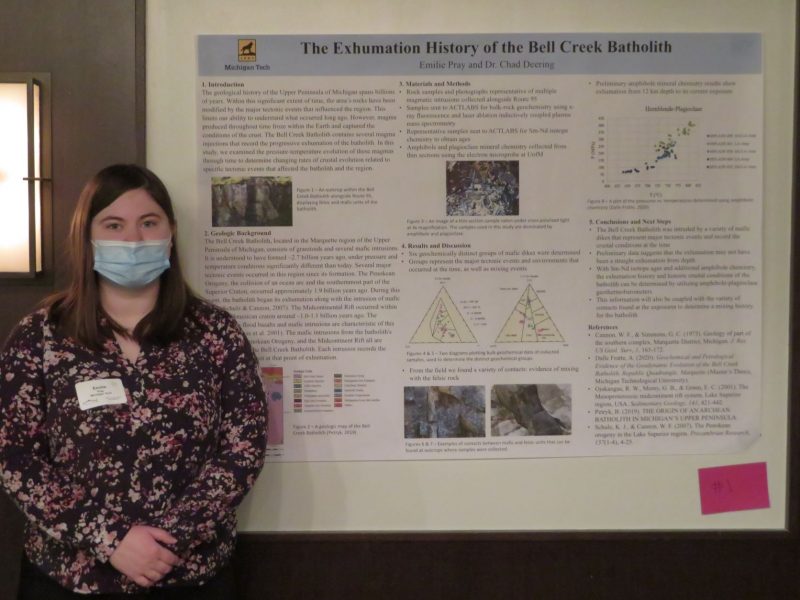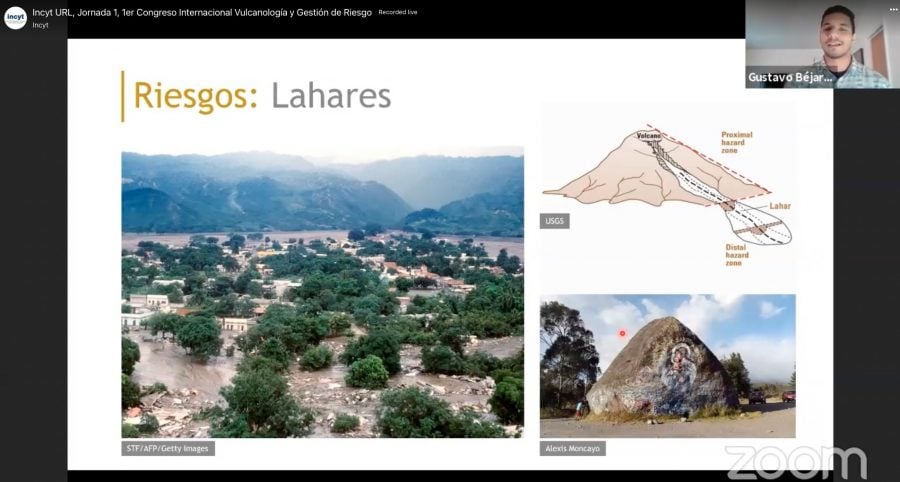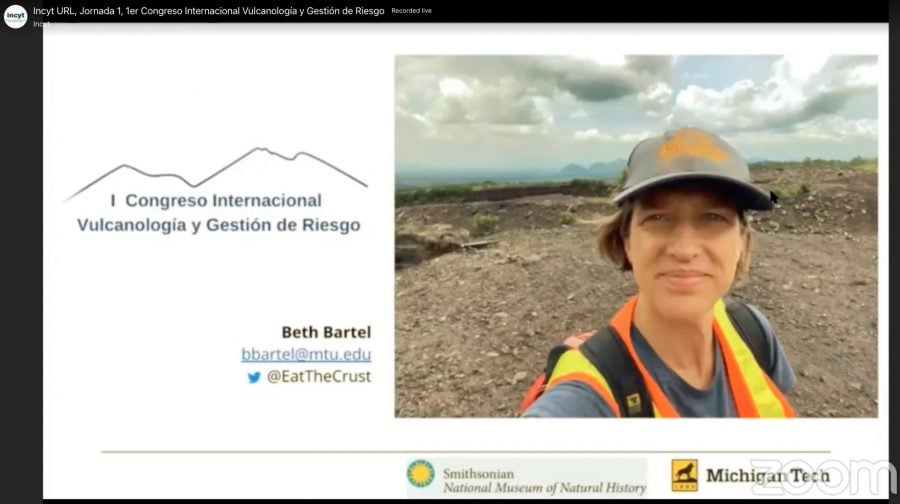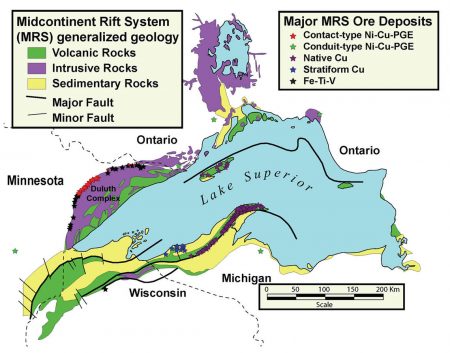The Department of GMES congratulates Dr. Nathan Manser, a Professor of Practice in mining engineering, and Emily Street, a senior in mining engineering, who were recently recognized during the annual Society of Mining, Metallurgy, and Exploration conference held in Salt Lake City at the end of February 2022.
Dr. Manser received the Robert W. Piekarz award that recognizes exceptional service to the Industrial Minerals and Aggregates Division for work related to managing technical session content for the annual SME conference.
Emily Street received two academic awards, the SME Foundation/Mining & Metallurgical Society of America SMEF/MMSA Presidential Scholarship which recognizes excellent academic performance in a minerals engineering related field, and the Gerald V. Henderson Memorial Scholarship which supports students who express a special interest in career paths that align within the industrial minerals and aggregates industries. Emily was also invited to present a talk related to her internship experience with Lafarge-Holcim during the Industrial Minerals and Aggregates Division luncheon.
